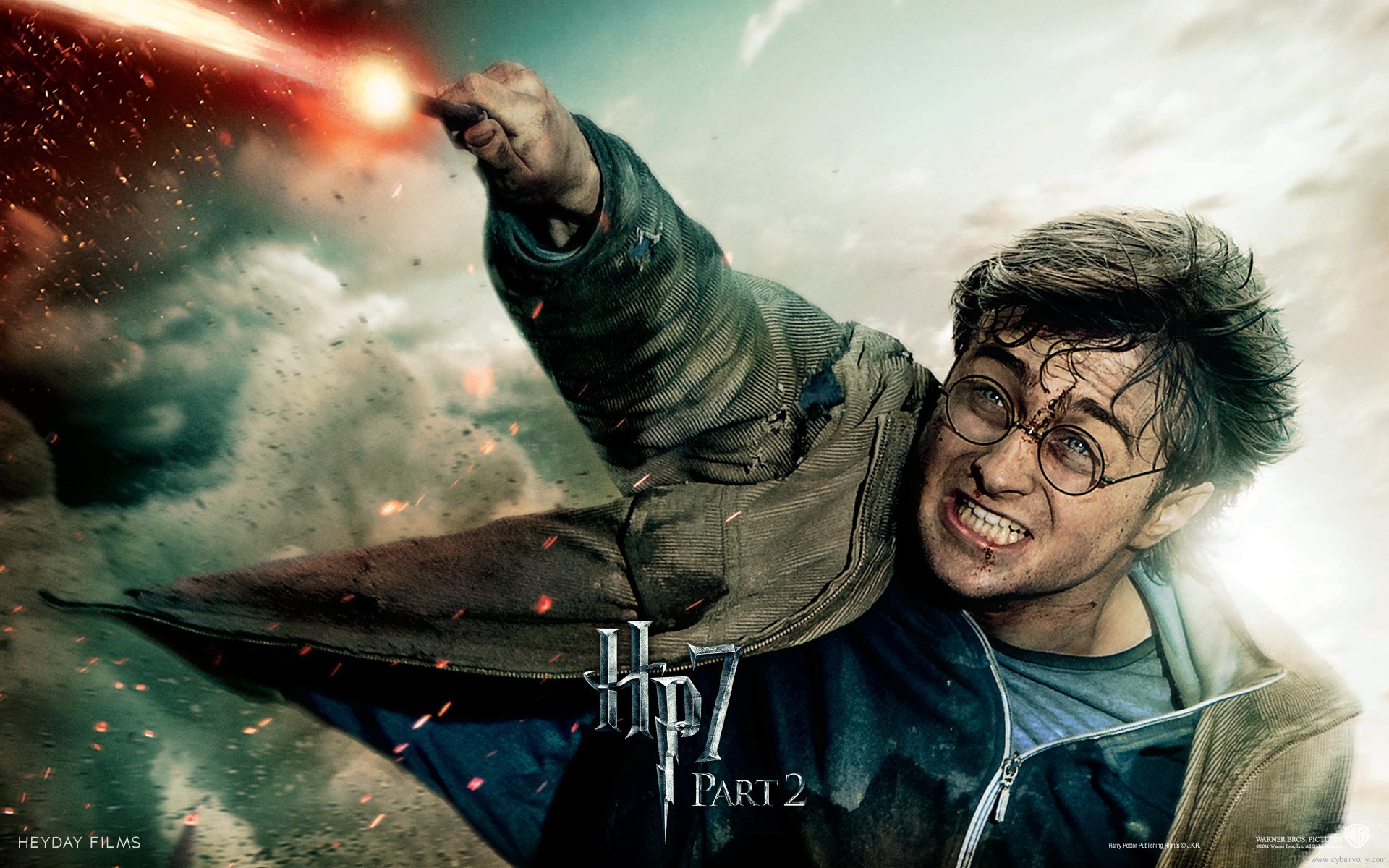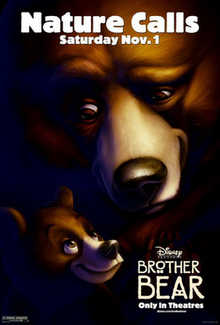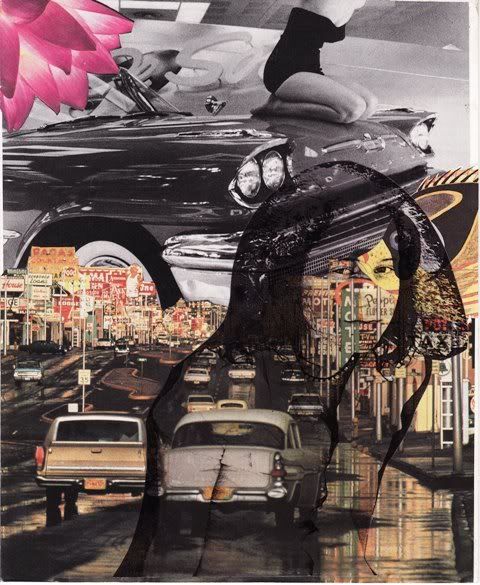
 Captain America: The First Avenger is a 2011 American superhero film based on the Marvel Comics character Captain America. It is the fifth installment of the Marvel Cinematic Universe. The film was directed by Joe Johnston,written by Christopher Markus and Stephen McFeely,and stars Chris Evans,Tommy Lee Jones, Hugo Weaving, Hayley Atwell, Sebastian Stan, Dominic Cooper, Neal McDonough, Derek Luke, and Stanley Tucci. The film tells the story of Steve Rogers, a sickly man from Brooklyn who is transformed into super soldier Captain America to help the war effort. However, Captain America must stop Red Skull, Adolf Hitler's ruthless head of weaponry and leader of a terrorist organization, who intends to use a mysterious tesseract energy-source for world domination.
Captain America: The First Avenger is a 2011 American superhero film based on the Marvel Comics character Captain America. It is the fifth installment of the Marvel Cinematic Universe. The film was directed by Joe Johnston,written by Christopher Markus and Stephen McFeely,and stars Chris Evans,Tommy Lee Jones, Hugo Weaving, Hayley Atwell, Sebastian Stan, Dominic Cooper, Neal McDonough, Derek Luke, and Stanley Tucci. The film tells the story of Steve Rogers, a sickly man from Brooklyn who is transformed into super soldier Captain America to help the war effort. However, Captain America must stop Red Skull, Adolf Hitler's ruthless head of weaponry and leader of a terrorist organization, who intends to use a mysterious tesseract energy-source for world domination. Singham (The Lion) is a 2011 Bollywood action film directed by Rohit Shetty starring Ajay Devgn and Kajal Aggarwal in lead roles. It is a remake of the 2010 Tamil film Singam featuring Suriya and Anushka Shetty and directed by Hari. The film is produced by Reliance Entertainment, which also produced the original film.
Singham (The Lion) is a 2011 Bollywood action film directed by Rohit Shetty starring Ajay Devgn and Kajal Aggarwal in lead roles. It is a remake of the 2010 Tamil film Singam featuring Suriya and Anushka Shetty and directed by Hari. The film is produced by Reliance Entertainment, which also produced the original film.
Henri Cartier-Bresson was a French photographer considered to be the father of modern photojournalism. He was an early adopter of 35 mm format, and the master of candid photography. He helped develop the "street photography" or "real life reportage" style that has influenced generations of photographers who followed.

After attending Pomona College, Andrew Bush received his MFA from Yale University. He has lived in Los Angeles for over twenty years, and he has exhibited here since 1984. Bush has worked in a variety of formats, subjects, and mediums for more than twenty-five years, concentrating on the theme of identity as defined by possessions. He completed his first project entitled Bonnettstown Hall in 1984, a record of an 18th century Irish Georgian country manor occupied by the same Protestant family for many generations. These large format color pictures in which he utilizes only natural light began as his master's thesis project at Yale. When published in 1989 as a monograph by Abrams, these images, magical in their stillness, details and light, became an inspiration to a whole generation of documentary photographers.
Bush's move to Los Angeles in 1985 initiated a dramatic transformation. He began a project called Vector Portraits using still images and video. Mounting the equipment on the passenger side of his car, he photographed drivers on the L.A. freeways, their portraits framed by the car window and the surrounding landscape. These drivers, either lost in reverie or interacting with the other passengers, form a series of great American portraits. Although not formally apparent, these vector portraits led to Bush's next series-- Envelopes. Produced since the early 1990s, the works in this project are one to one scale images of all kinds of envelopes; new, old, and in all shapes and sizes, which are placed in antique photographic printing frames. Bush continued to capture close-up views of inanimate objects in his series Snorter (1993-1998), in which he photographed crinkled, weathered currencies from all over the world.
In his next project, the Prop Portraits series, shown in 2000, he shot with his usual large format camera in the flea markets of Los Angeles. Creating large-scale Epson color prints, he selected his subjects from the market crowd and photographed them as they posed before a semitransparent scrim holding objects that they had selected. Bush temporarily situates his subjects within a private space, making their purchases or props become a trophy of their identity and passage through life. Bush has completed a documentary project on Derrida's library.
 Harry Potter and the Deathly Hallows – Part 2 is a 2011 epic fantasy film[3][4] directed by David Yates and the second of two films based on the novel of the same name by J. K. Rowling. It is the eighth and final instalment in the Harry Potter film series, written by Steve Kloves and produced by David Heyman, David Barron and Rowling. The story continues to follow Harry Potter's quest to bring down his archnemesis Lord Voldemort once and for all. The film stars Daniel Radcliffe as Harry Potter, alongside Rupert Grint and Emma Watson as Harry's best friends Ron Weasley and Hermione Granger. The supporting cast features Ralph Fiennes, Michael Gambon, Alan Rickman, Helena Bonham Carter and Maggie Smith.
Harry Potter and the Deathly Hallows – Part 2 is a 2011 epic fantasy film[3][4] directed by David Yates and the second of two films based on the novel of the same name by J. K. Rowling. It is the eighth and final instalment in the Harry Potter film series, written by Steve Kloves and produced by David Heyman, David Barron and Rowling. The story continues to follow Harry Potter's quest to bring down his archnemesis Lord Voldemort once and for all. The film stars Daniel Radcliffe as Harry Potter, alongside Rupert Grint and Emma Watson as Harry's best friends Ron Weasley and Hermione Granger. The supporting cast features Ralph Fiennes, Michael Gambon, Alan Rickman, Helena Bonham Carter and Maggie Smith.Harry Potter and the Deathly Hallows – Part 1 is a 2010 fantasy film[5] directed by David Yates and the first of two films based on the novel of the same name by J. K. Rowling. It is the seventh installment in the Harry Potter film series, written by Steve Kloves and produced by David Heyman, David Barronand Rowling. The story follows Harry Potter on a quest to find and destroy Lord Voldemort's secret to immortality – the Horcruxes. The film stars Daniel Radcliffe as Harry Potter, alongside Rupert Grint and Emma Watson as Harry's best friends Ron Weasley and Hermione Granger. The supporting cast features Ralph Fiennes, Helena Bonham Carter, and Alan Rickman.
 Brother Bear 2 is a direct-to-video sequel to the animated feature Brother Bear and was released on DVD on August 29, 2006. Melissa Etheridgecontributed three songs to the film. In the film, the adventures of bear brothers Kenai and Koda continue. While the first film dealt with Kenai's relationship with Koda, this one focuses more on his bond with a young human, Nita. Only five of the original characters return for the sequel including Kenai, Koda, Rutt, Tuke, and Tug. But only four of those actors came back to do their original roles which include Jeremy Suarez, Rick Moranis, Dave Thomas, and Michael Clarke Duncan.
Brother Bear 2 is a direct-to-video sequel to the animated feature Brother Bear and was released on DVD on August 29, 2006. Melissa Etheridgecontributed three songs to the film. In the film, the adventures of bear brothers Kenai and Koda continue. While the first film dealt with Kenai's relationship with Koda, this one focuses more on his bond with a young human, Nita. Only five of the original characters return for the sequel including Kenai, Koda, Rutt, Tuke, and Tug. But only four of those actors came back to do their original roles which include Jeremy Suarez, Rick Moranis, Dave Thomas, and Michael Clarke Duncan.
 Brother Bear is a 2003 animated film produced by Walt Disney Feature Animation and released by Walt Disney Pictures, the forty-fourth animated featurein the Walt Disney Animated Classics. In the film, an Inuit boy pursues a bear in revenge for a battle that he provoked in which his oldest brother is killed. He tracks down the bear and kills it, but the Spirits, angered by this needless death, change the boy into a bear himself as punishment. Originally titledBears, it was the third and final Disney animated feature produced primarily by the Feature Animation studio at Disney-MGM Studios in Orlando, Florida; the studio was shut down in March 2004, not long after the release of this film in favor of computer animated features. The film received an Academy Awardnomination for Best Animated Feature, but lost to Finding Nemo. A sequel, Brother Bear 2 was released on August 29, 2006.
Brother Bear is a 2003 animated film produced by Walt Disney Feature Animation and released by Walt Disney Pictures, the forty-fourth animated featurein the Walt Disney Animated Classics. In the film, an Inuit boy pursues a bear in revenge for a battle that he provoked in which his oldest brother is killed. He tracks down the bear and kills it, but the Spirits, angered by this needless death, change the boy into a bear himself as punishment. Originally titledBears, it was the third and final Disney animated feature produced primarily by the Feature Animation studio at Disney-MGM Studios in Orlando, Florida; the studio was shut down in March 2004, not long after the release of this film in favor of computer animated features. The film received an Academy Awardnomination for Best Animated Feature, but lost to Finding Nemo. A sequel, Brother Bear 2 was released on August 29, 2006.
 City Hunter (城市獵人; Sing si lip yan) is a 1993 Hong Kong martial arts action comedy film based on the Japanese manga of the same name. It was directed by Wong Jing, produced by Paragon Films and filmed by Golden Way Films Co. Ltd. The film starred an international cast that included Hong Kong superstar Jackie Chan as Ryo Saeba a.k.a. City Hunter.
City Hunter (城市獵人; Sing si lip yan) is a 1993 Hong Kong martial arts action comedy film based on the Japanese manga of the same name. It was directed by Wong Jing, produced by Paragon Films and filmed by Golden Way Films Co. Ltd. The film starred an international cast that included Hong Kong superstar Jackie Chan as Ryo Saeba a.k.a. City Hunter. Star Trek is a 2009 American science fiction film directed by J. J. Abrams, written by Roberto Orci and Alex Kurtzman, distributed by Paramount Pictures. It is the eleventh film based on the Star Trek franchise and features the main characters of the original Star Trek television series, portrayed by a new cast. The film follows James T. Kirk (Chris Pine), Spock (Zachary Quinto) and Dr. McCoy (Karl Urban) aboard the USS Enterprise as they combatNero (Eric Bana), a Romulan from their future who threatens the United Federation of Planets. The story takes place in an alternate reality[3][4] due to time travel by both Nero and the original Spock (Leonard Nimoy). The alternate timeline was created in an effort to free the film and the franchise from established continuity constraints while simultaneously preserving the original continuity via the utilization of the alternate timeline plot idea.
Star Trek is a 2009 American science fiction film directed by J. J. Abrams, written by Roberto Orci and Alex Kurtzman, distributed by Paramount Pictures. It is the eleventh film based on the Star Trek franchise and features the main characters of the original Star Trek television series, portrayed by a new cast. The film follows James T. Kirk (Chris Pine), Spock (Zachary Quinto) and Dr. McCoy (Karl Urban) aboard the USS Enterprise as they combatNero (Eric Bana), a Romulan from their future who threatens the United Federation of Planets. The story takes place in an alternate reality[3][4] due to time travel by both Nero and the original Spock (Leonard Nimoy). The alternate timeline was created in an effort to free the film and the franchise from established continuity constraints while simultaneously preserving the original continuity via the utilization of the alternate timeline plot idea. Ferocious Planet is a 2011 television film co-produced by Syfy and MNG films. It was filmed on location in Ireland.
Ferocious Planet is a 2011 television film co-produced by Syfy and MNG films. It was filmed on location in Ireland.During the demonstration of a device which allows the observation of alternate dimensions, an accident causes the building in which the demonstration is taking place - and its occupants - to be transported to a dimension seemingly devoid of animal life but for large, vicious carnivores which hunt and kill the displaced humans one by one. The chance of discovering intelligent non-human life splits the group's priorities between exploration and survival, but limited resources and a diminishing window of opportunity to escape this ferocious planet forces disgraced Colonel Synn into a desperate gamble to repair the device which can send them home.


Smoke photography is beauty and purity becomes the focal point, resulting in an impressive and inspirational art, In this collection we present some of the beautiful examples of photos and artworks where smoke dominates for artists in which stunning artworks are produced.
This week your photography challenge is to take and share a ‘back lit’ portrait.


Street photography uses the techniques of straight photographyin that it shows a pure vision of something, like holding up a mirror to society. Street photography often tends to be ironic and can be distanced from its subject matter, and often concentrates on a single human moment, caught at a decisive or poignant moment. On the other hand, much street photography takes the opposite approach and provides a very literal and extremely personal rendering of the subject matter, giving the audience a more visceral experience of walks of life they might only be passingly familiar with. In the 20th century, street photographers have provided an exemplary and detailed record of street culture in Europe and North America, and elsewhere to a somewhat lesser extent.


Rocco Ancora is a true photographic artist and somebody who I admire very much. His work is definitely what these interviews are all about, creativity, vision and passion.
Born in 1966 and raised in London, England, Brandt studied Painting, and then Film at St. Martins School of Art.
He moved to America in 1992 and directed many award-winning music videos for the likes of Michael Jackson (Earth Song, Stranger in Moscow, Cry), Moby, Jewel (singer), Embrace, XTC, Badly Drawn Boy).
It was while directing “Earth Song”, a music video for Jackson in Tanzania in 1995 that Brandt fell in love with the animals and land of East Africa. Over the next few years, frustrated that he could not capture on film his feelings about and love for animals, he realized there was a way to achieve this through photography, in a way that he felt no-one had really done before.
Animal Photography by Laurent Baheux



























